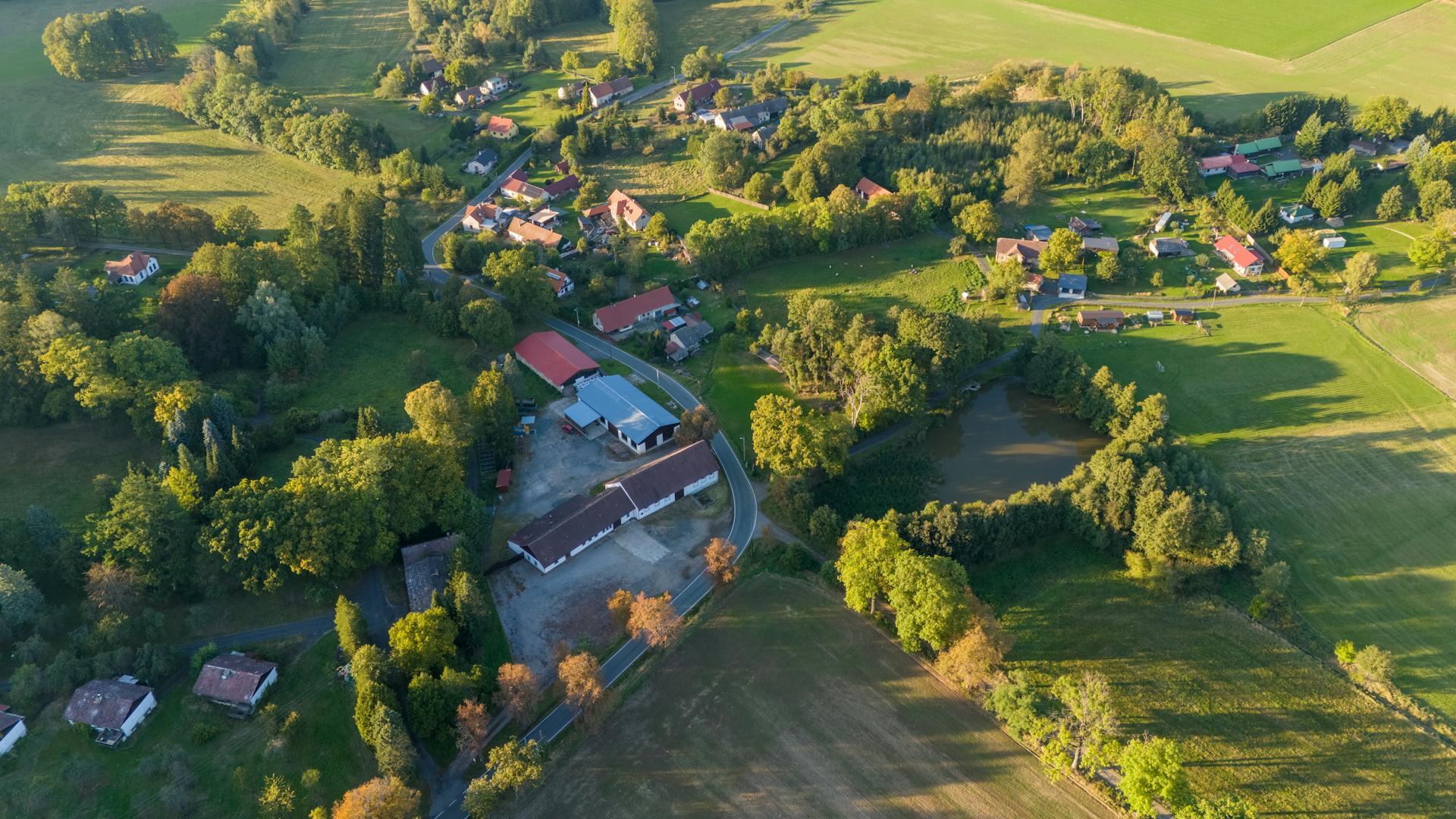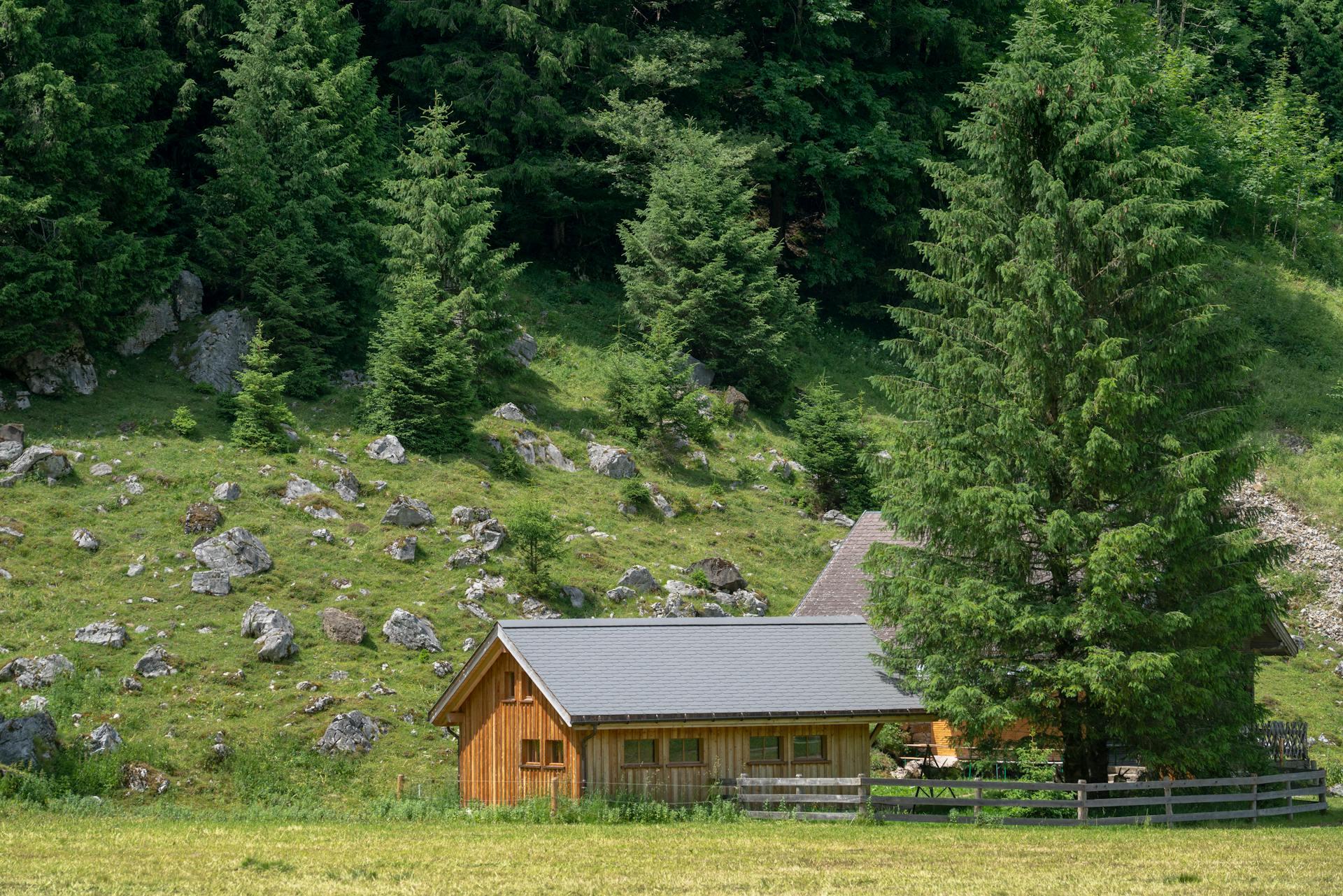Canada is one of the countries where sustainable building practices have gained popularity, and the passive house concept has taken center stage. If you are on your way to becoming an architect or just getting started in sustainable design, this practical guide explores the Passive House concept in the Canadian context, its advantages, challenges, and economic considerations. Find out everything you need to know about sustainable building in Canada!

What is a Passive House?
As concerns about climate change intensify and energy costs rise, the Canadian government is committed to achieving new sustainability goals by developing sustainable architecture strategies in Canada. But what exactly is a passive house? It is a voluntary standard for a building's energy efficiency, resulting in buildings with low energy consumption and reduced carbon footprint. To achieve this, passive houses use environmental resources and energy efficiency systems that are superior to traditional construction.
Green Fun Fact!
Passive Houses are estimated to consume up to 90% less heating and cooling energy than the traditional housing system, providing consistent indoor temperatures and better air quality.
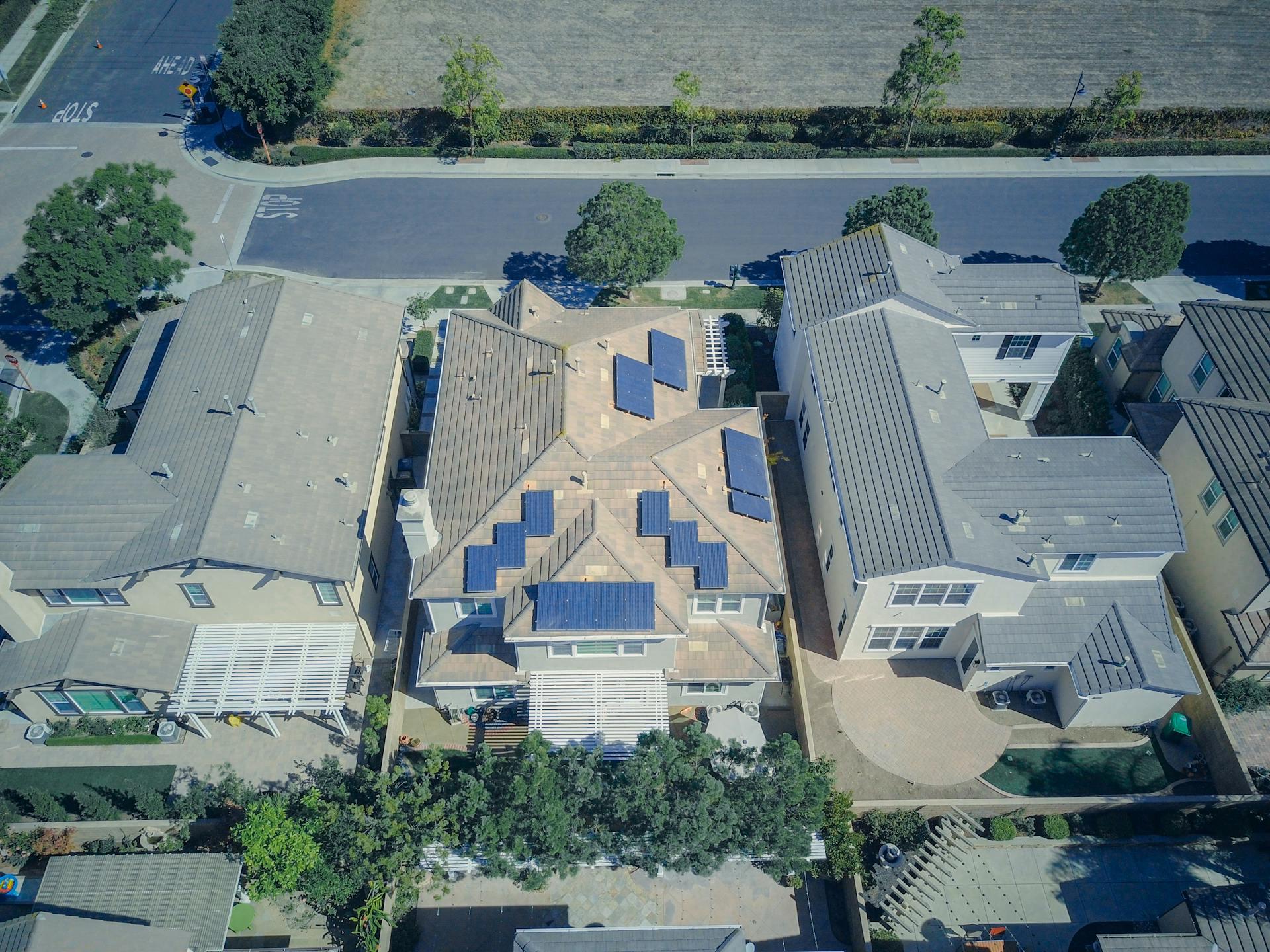
Fundamental principles of Passive House design
Passive House design is based on five fundamental principles for achieving exceptional energy efficiency, which work in synergy to create homes requiring minimal heating and cooling energy while maintaining a comfortable and healthy indoor environment year-round. Let's discover them below:
Passive House Standards in Canada
In Canada, Passive House Canada promotes and offers a certification system for sustainable buildings. This national non-profit association promotes high-performance building methodology through advocacy and education to create zero-emission, climate-resilient buildings. If you are a designer, architect, builder, or related professional, you can obtain the necessary qualifications to design this type of sustainable construction. Getting certified ensures that professionals can create buildings that meet this international standard.
How Efficient is a Passive House?
According to the Passive House Canada website, Passive Houses consume up to 90% less energy for heating and cooling than traditional buildings, which is an attractive issue given the impact of global warming. In addition, the Passive House concept is highly flexible, as it can be applied to almost any building type or design.
In addition, the advantages of using the Passive House standard include precise control of indoor air quality and temperature, the establishment of durable and easy-to-use systems, reduced operating costs, and lower carbon emissions.
International Passive House Requirements
By setting these efficiency levels, Canada's passive houses reduce energy consumption and carbon emissions and provide healthier living environments.
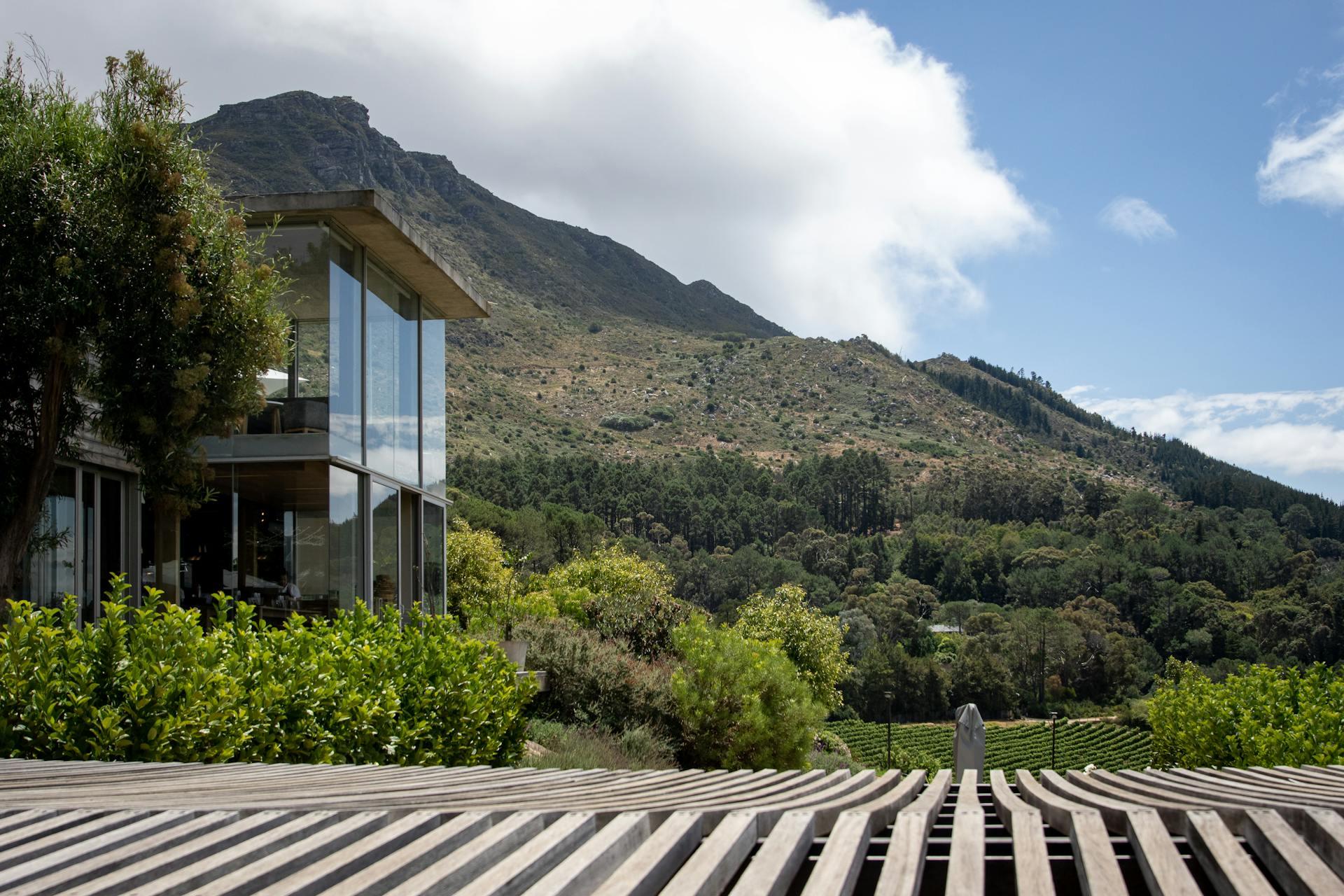
What are the disadvantages of a Passive House?
We will also find not-so-positive aspects in everything that has positive aspects. Although passive houses offer numerous advantages for their inhabitants and the environment, such building methodology also brings challenges and potential drawbacks. Let's take a look at some of them below:
Passive Houses typically cost 10-30% more than conventional houses because they use high-performance insulation materials specific to planning and design. In addition, hiring contractors with experience in passive house construction may be more expensive.
One significant disadvantage of this type of construction is that it requires careful planning to allow sun in winter and avoid overheating in summer. In addition, passive houses tend to have austere and compact forms, limiting architectural creativity.
Highly insulated houses risk overheating in some Canadian regions without specialized shading strategies. An efficient shading strategy could mean higher associated costs.
Passive house ventilation systems with heat recovery require periodic filter changes and occasional maintenance checks, and they are dependent on mechanical ventilation.
Meeting heating demand criteria in colder regions of the country can be much more complicated and may require additional measures and unexpected costs.
As passive housing and other sustainable initiatives, such as the net-zero buildings concept, become more common in Canada, some issues, particularly those related to costs and expertise, will likely diminish in the coming years.

How much does it cost to build a Passive House in Canada?
Passive Houses in Canada generally cost 5-10% more than conventional buildings of similar size and quality. Depending on your location in Canada, passive homes are typically at $350-450/ sq. ft, compared to $250-350/ sq/ ft. for an average traditional home. However, it is essential to consider that costs vary significantly between urban and rural areas and between different provinces. In addition, the complexity of the design and the use of sustainable building materials may also impact the total construction cost.
We recommend that you investigate the costs related to the construction or certification of passive houses in your province. They may not be as expensive as you think if they are in good demand.
Additional costs breakdown
- Specialized insulation: Passive houses require higher R-value insulation for walls, roofs, and foundations, which can mean 2-3% of total construction cost.
- Well-insulated windows and doors: Triple-paned and high-performance doors cost 3-5%.
- Ventilation system: Implementing a Heat recovery ventilation (HRV) or an energy recovery ventilation (ERV) system can cost 1-2% of the total cost.
- Airtightness measures: Implementing specialized tapes, membranes, and meticulous detailing to accomplish airtightness requirements may cost 1-2% of the total cost.
- Design and consulting: Passive House certified designers and energy modeling may cost 2-3% of the total cost.
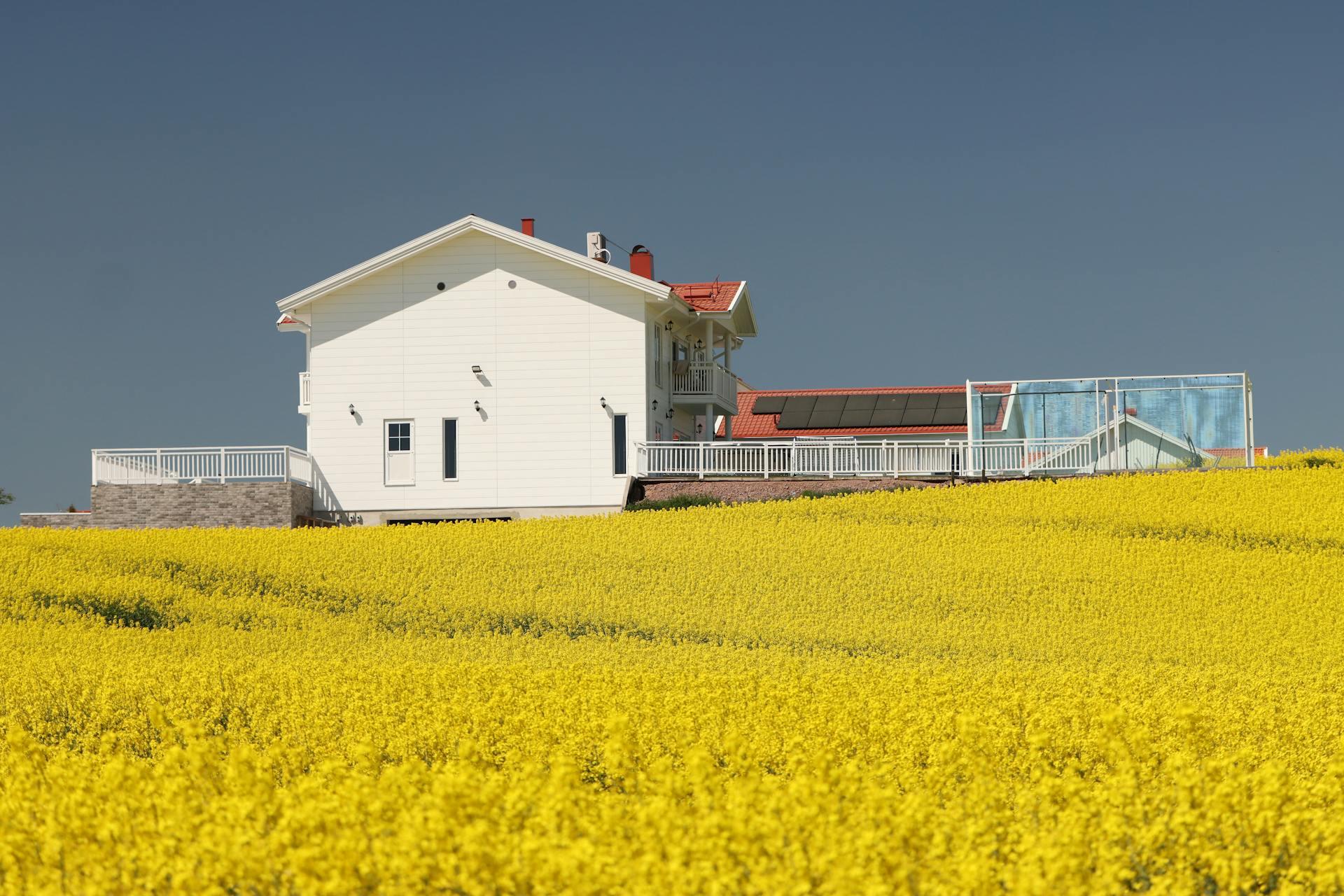
Is it worth it to build a Passive House?
Determining whether a passive house is worth building involves considering the benefits that can be realized over the long term. Let's explore the long-term advantages of passive houses:
Passive houses typically save 70% to 90% in heating and cooling costs compared to traditional construction.
Passive houses maintain comfortable temperatures with minimal fluctuations. Continuous ventilation with filtered air can help reduce allergens, pollutants, mold, and mildew. They offer more peaceful interiors thanks to their superinsulation and airtight design.
Lower energy consumption results in lower greenhouse gas emissions, so passive houses align with Canada's new climate targets to demonstrate environmental responsibility.
High quality and safety standards are required for passive house construction, often translating into improved construction quality.
Passive houses are better equipped and designed to maintain comfort during power outages or extreme weather conditions.
How to discover Passive Housing in Canada?
Due to the Government of Canada's commitment to promoting more sustainable architecture and construction, the demand for building professionals specializing in sustainability will increase. Are you an architecture student or a construction industry professional who wants to take the next step toward Passive House construction?
Discover Canada's best private instruction in sustainable building and design techniques with Superprof. Superprof is one of Canada's best online tutoring platforms, where you can find experts in almost any subject with just a few clicks. Instruction from a private professional specializing in passive house construction and certification can be beneficial if you are looking to get started in sustainable design, energy efficiency, and local environmental regulations, depending on the province where you live in Canada.
Take the next step in your journey towards new sustainability practices and become a leader in sustainable building with Superprof. Welcome to a worldwide network of private tutors and students, no matter where you are.
Wrap up!
The Passive House represents an alternative approach to sustainable and energy-efficient building design. While there are significant upfront costs to consider, the long-term benefits that passive houses provide make them an attractive option for the Canadian building sector.
As Canada moves towards more exigent energy efficiency standards and net-zero consumption targets, Passive House principles and practices will likely become increasingly valuable and much more feasible. Due to the growing market demand for high-performance, low-energy buildings and green roofing systems to promote vegetation, gaining experience in passive house design and sustainable architecture can be a good career idea for architects. Want to know more? Welcome to the Superprof family!
